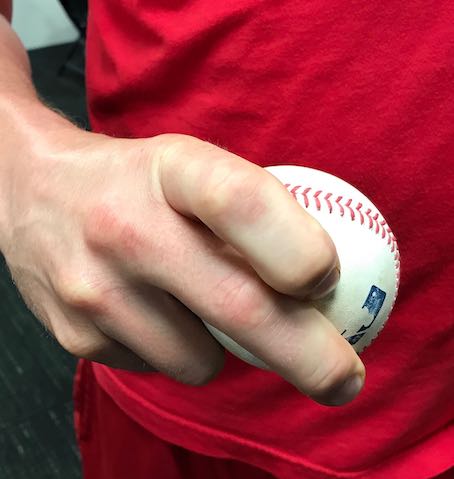The Least Competitive Game in Recent Memory
In Steph Curry’s junior season, his Davidson Wildcats played a non-conference game against Loyola Maryland. Curry led the nation in scoring at the time, and as expected, Davidson rolled that night. But Curry himself didn’t score a point. Loyola’s coach, Jimmy Patsos, instructed his players to double-team Curry up and down the court. So, Curry stood in the corner with two Greyhounds next to him as his teammates played 4-on-3 and won by 30.
After the game, Patsos more or less copped to the farce. Defending his tactics, he asked: “Anybody else ever hold him scoreless? I’m a history major. [Are people] going to remember that we held him scoreless or we lost by 30?”
Whether all that makes Patsos infamous, cynical, or pathetic is up to your interpretation. Regardless, he’s right about one thing: you can generate attention in defeat, even humiliating defeat, so long as you lose in notable fashion.
It’s a lesson the Seattle Mariners reinforced over the weekend. On the surface, Sunday’s matchup between Seattle and Houston looked as lopsided on paper as a major league game can. The Astros are perhaps baseball’s best team; the Mariners may lose 100 games. Cy Young contender Gerrit Cole was on the mound for Houston, opposed by former Cy Young winner but current-6.00-ERA-holder Félix Hernández. The Astros had already defeated Seattle 15 times in 16 tries. Vegas handicappers set one of the highest lines I can ever remember seeing for a major league contest.
This being baseball, anything can happen on any given day, and as it turned out, 35,000 Houstonians saw a pretty spectacular version of “anything:” the most lopsided ballgame in recent memory. Read the rest of this entry »

